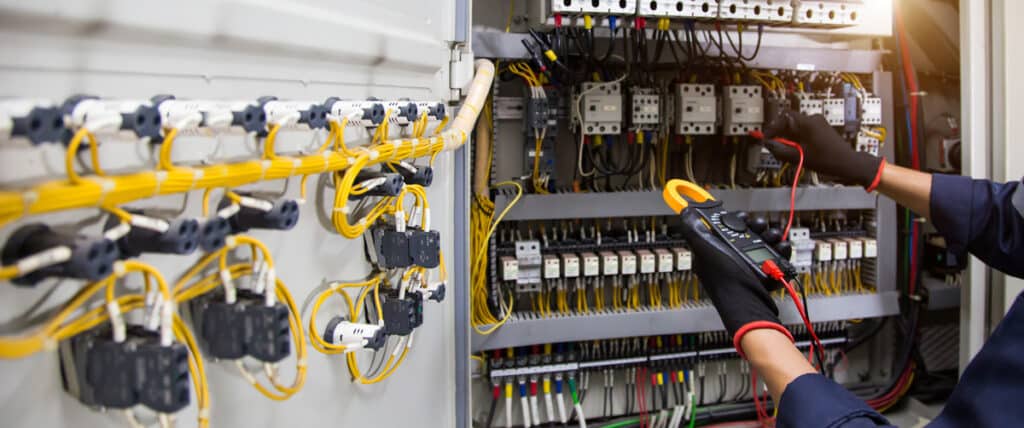Electrical transformers are essential devices in the transmission and distribution of electrical power. They step up (increase) or step down (decrease) voltage levels, facilitating the efficient transfer of electricity over long distances. Understanding the components of electrical transformers, their operation, and when they might require El Paso transformer repair is crucial for ensuring the reliability and safety of power systems.
Remsa USA stands out as a first-class provider of industrial electrical motor repair and transformer services in El Paso. Our expertise ensures that businesses receive top-quality maintenance and repair, keeping our operations running smoothly. To learn more, contact us online or call (915) 855-8621 today.
Components of Electrical Transformers
- Core: The core is made of laminated silicon steel to minimize energy losses due to eddy currents. It serves as the path for the magnetic flux and is a crucial component in ensuring efficient operation.
- Windings: There are typically two types of windings in a transformer: primary and secondary. The primary winding receives the input voltage, and the secondary winding delivers the transformed voltage to the load. These windings are made of copper or aluminum conductors.
- Insulation: Insulation materials are used to separate the windings and the core, preventing electrical shorts and ensuring safety. Common insulation materials include oil, paper, and varnish.
- Tank: The tank houses the core and windings and is filled with insulating oil that serves as a coolant and insulator. It also provides structural support and protection from external elements.
- Bushings: Bushings are insulated devices that allow the high-voltage conductors to pass through the transformer tank without causing a short circuit.
- Conservator: The conservator is an expansion tank that accommodates the expansion and contraction of the insulating oil due to temperature changes. It helps maintain the oil level within the transformer.
- Cooling System: Transformers generate heat during operation, and an efficient cooling system is essential to dissipate this heat. Cooling methods include natural air cooling, forced air cooling, and oil cooling systems.
- Tap Changer: A tap changer allows for the adjustment of the transformer’s voltage ratio by changing the winding turns. It can be operated manually or automatically.
When Electrical Transformers Need Repairs
Despite their robust design, transformers can experience issues that require transformer repair. Common reasons for transformer repairs include:
Insulation Degradation: Over time, the insulating materials can degrade due to thermal, electrical, and environmental stresses, leading to short circuits or electrical faults.
Oil Contamination: The insulating oil can become contaminated with moisture, particulate matter, or gases, reducing its insulating and cooling properties.
Overheating: Excessive heat can damage the core, windings, and insulation. Overheating can be caused by overloading, poor cooling, or ambient temperature changes.
Electrical Faults: Short circuits, open circuits, or winding failures can occur due to manufacturing defects, aging, or external factors such as lightning strikes.
Mechanical Issues: Vibrations, loose connections, and physical impacts can cause mechanical damage to the transformer’s components.
Transformer Repair in El Paso
Remsa USA offers high-quality El Paso transformer repair and industrial electrical motor services, ensuring your operations run efficiently and without interruption. Contact us today for exceptional service and support to keep your industrial systems in top shape.
